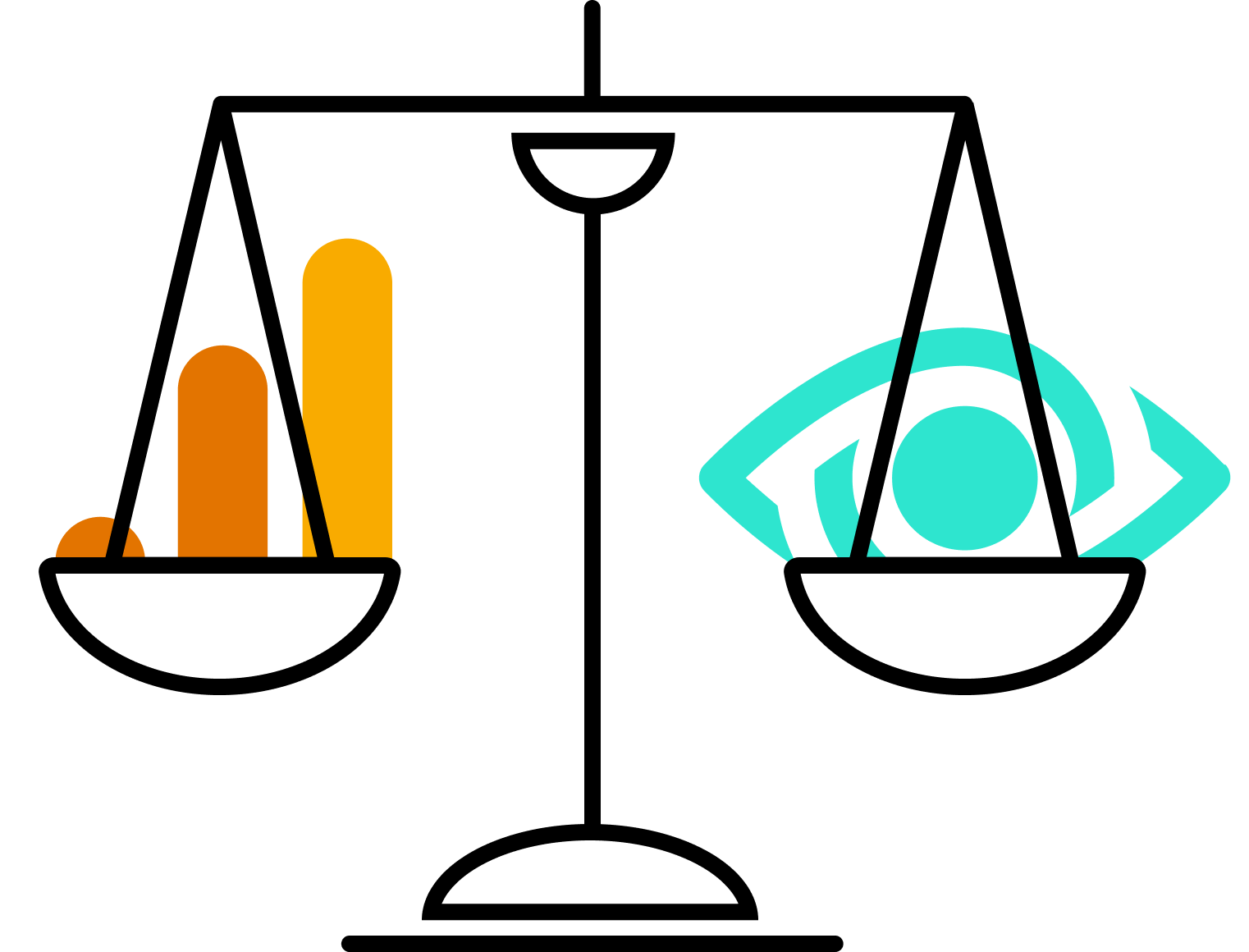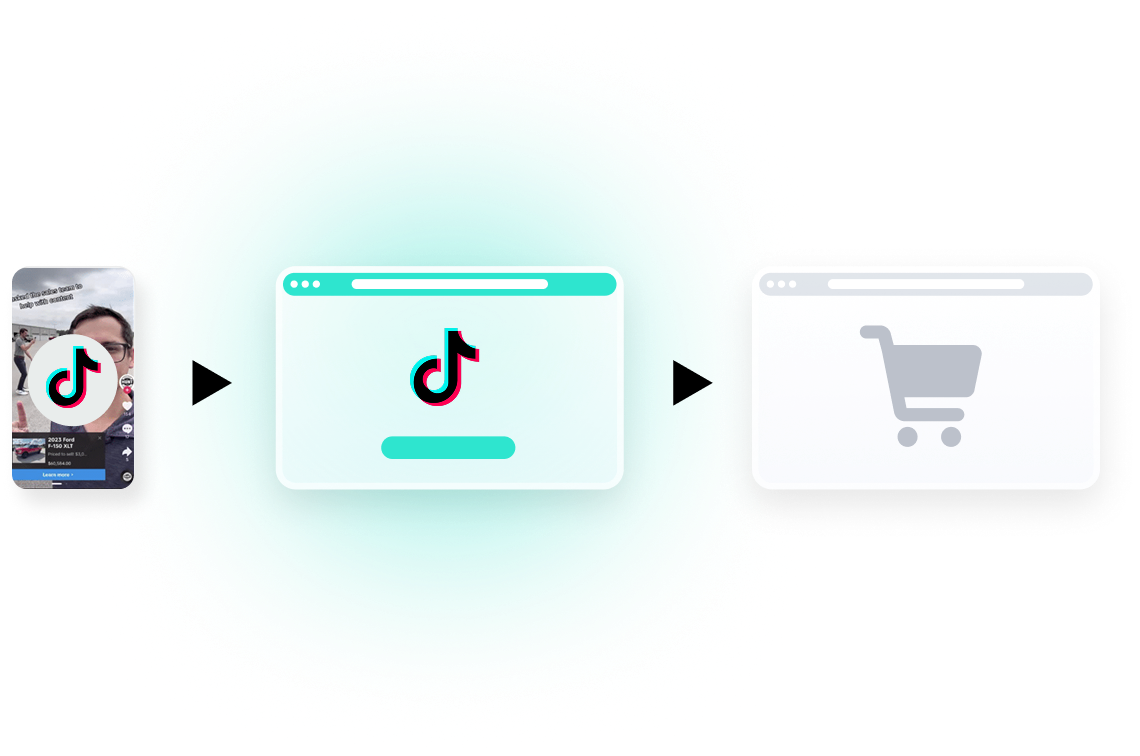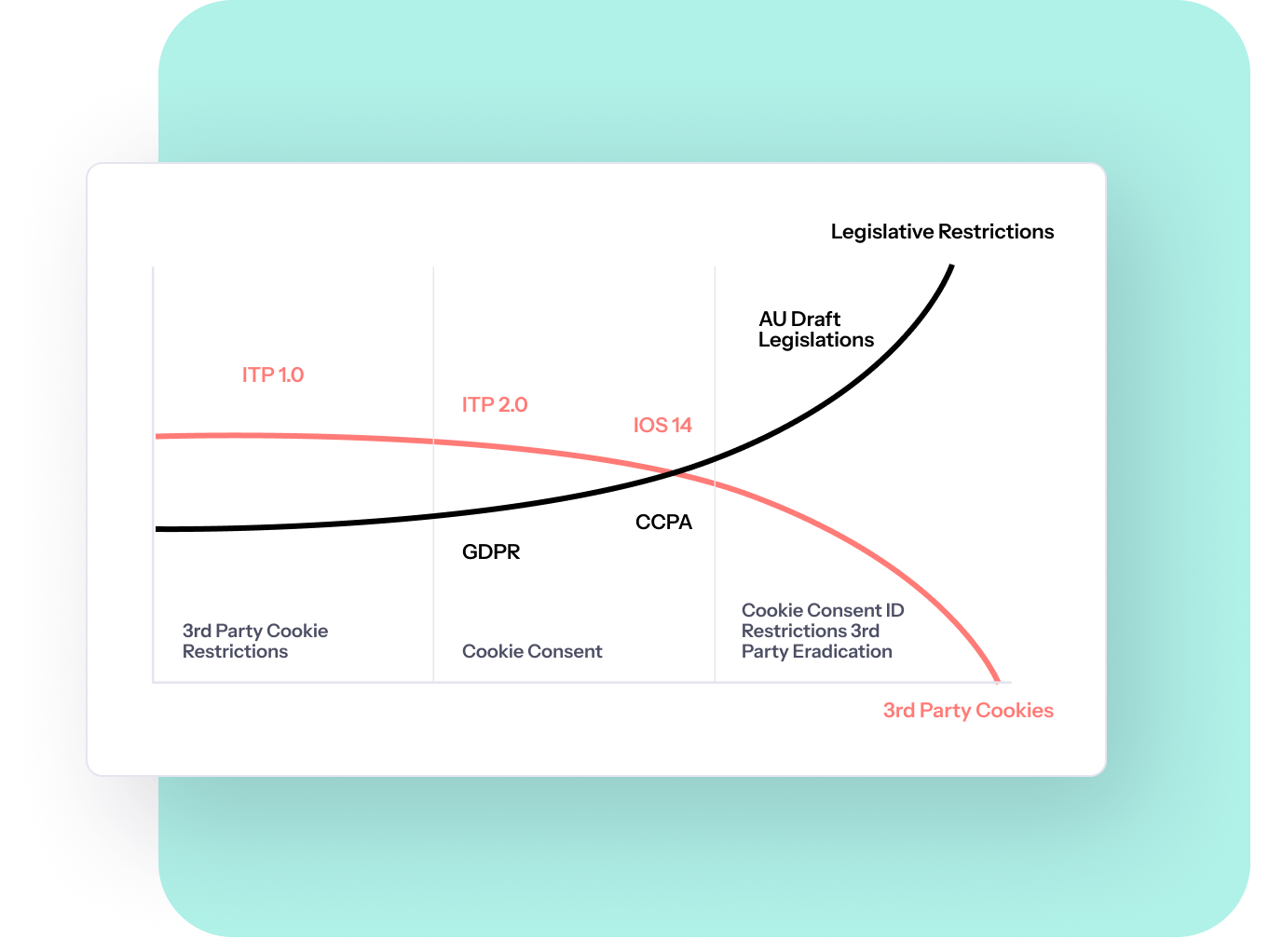Fixing the origin problem
Why Dáva Zmysel Outperforms GA4 at Attribution
As privacy regulations tighten and third-party cookies disappear, marketers are re-evaluating how they track performance. Google Analytics 4 (GA4) remains the default standard, but brings complexity, sampling, and attribution limitations.
Dáva Zmysel takes a focused, first-party approach to origin tracking, offering more reliable attribution in a privacy-first world.

How GA4 Tracks User Origin
GA4 determines the origin of a user primarily through source/medium attribution and UTM parameters passed via URL. When a user lands on a website, GA4 examines the referral information or campaign tags to assign the traffic source.
Key Limitation
The biggest pain point for marketers is the ambiguity in direct traffic and over-reliance on UTM tagging. If a user returns without UTMs or from a non-traceable source (e.g., email clients, dark social), GA4 often fails to persist previous session attribution unless identity resolution is in place—something GA4 doesn’t natively support across devices without a signed-in user or GA-provided identity signals.
Here’s a breakdown:
- UTM Parameters: GA4 relies heavily on UTM-tagged URLs. These tags are parsed on landing and stored in the session to attribute user origin to the correct campaign or platform.
Example:
https://www.example.com/product-page?utm_source=facebook&utm_medium=paid_social&utm_campaign=april_sale&utm_content=carousel_ad_1
- Referrer Data: If no UTM tags are present, GA4 falls back on the HTTP referrer to infer source (e.g., if the user came from facebook.com, GA4 may assign source = facebook, medium = referral).
Example:
https://www.facebook.com/somepage/posts/123456789
- Default Channel Grouping: GA4 uses a set of predefined rules to categorise traffic into channels like Organic Search, Direct, Paid Social, etc., based on source/medium combinations.
Example:
https://www.example.com/?utm_source=google&utm_medium=cpc&utm_campaign=spring_sale
- Direct Traffic: If there’s no referrer and no UTM tagging, the session is labelled as Direct. This is often a catch-all for unattributed traffic (e.g., bookmarks, private browsing, or link shorteners), which can be a major limitation for precise attribution.
- Session-based Attribution: GA4 uses session-based models by default, meaning the first user interaction of a session determines the source. However, you can adjust attribution models (e.g., data-driven, last-click, first-click) for reporting.
How Dáva Zmysel Tracks User Origin
Dáva Zmysel takes a fundamentally different approach to tracking user origin, designed for accuracy in a privacy-first, cookieless world where traditional referrer-based systems like GA4 fall short.
Key Advantage
Dáva Zmysel removes this ambiguity. If a visit hits your site, you know where it came from, because every campaign, ad, and partner URL is tracked with intent, not inference.

Unique Landing Pages (ULPs) & Gateway Pages
Rather than using unreliable UTM tags or browser referrer data, Dáva Zmysel uses ULPs & Gateway Pages — customised URLs created for every campaign, source, or placement. These pages act as definitive entry points, giving you 100% certainty on where a user originated, without ambiguity.
Data Integrity & Access
Accurate insights require complete, unfiltered data, but this is where GA4 introduces friction. While GA4 uses an event-based model, the standard (free) version restricts access to raw data, offering only aggregated reports through the interface or API. For raw, hit-level detail, users must connect GA4 to BigQuery, which adds cost and complexity. Even then, analysts need to write custom queries to reconstruct user journeys or perform custom attribution modelling.
GA4 also applies sampling to reports that exceed certain thresholds — typically 500,000 sessions for standard reports and 100,000 for ad-hoc queries. This means what you’re seeing may only represent a portion of your traffic, especially when applying advanced segments or exploring long date ranges. While GA4 has improved some of these thresholds in its newer reports, sampling still affects many custom explorations, making granular analysis less reliable.
Dáva Zmysel removes these limitations entirely. Because it focuses solely on origination, it captures 100% of visit-level data, unsampled and immediately accessible. Each marketing touchpoint generates a unique, server-rendered landing page that acts as a definitive signal of source. This data is stored in a structured, exportable format, without requiring external tools or integrations.
The result? Marketers and data teams get full visibility and raw access from day one — enabling precise attribution, reliable reporting, and faster decision-making without needing to reverse-engineer sessions or worry about sampling errors.
Privacy Compliance
GA4 continues to face legal scrutiny across Europe. Data protection authorities in countries like France, Austria, and Italy have ruled that sending user data to U.S.-based Google servers violates GDPR, even with measures like IP anonymisation in place. The fundamental issue is third-party data processing and the risk of exposure to U.S. surveillance laws (e.g. FISA), which EU regulators view as incompatible with GDPR and the Schrems II ruling.
While GA4 includes improved compliance features — such as regional data controls and consent-mode integrations, it still functions as a third-party analytics tool. User data is collected and processed by Google, an external vendor.
Dáva Zmysel avoids this issue entirely by keeping all tracking and attribution server-side and fully within the client’s control. Because attribution is performed via server-generated landing pages, without browser-side tracking, cookies, or third-party scripts, no personal data is shared externally. This makes GDPR, CCPA, and similar compliance efforts significantly simpler.
For organisations in regulated industries or jurisdictions with strict data sovereignty laws, Dáva Zmysel’s first-party infrastructure offers a safer, cleaner alternative to traditional analytics platforms.
Data Accuracy
Accurate attribution depends on a platform’s ability to correctly identify the source of each visit, and maintain that attribution across sessions, devices, and privacy barriers. But the tools many marketers still rely on, like GA4, are built on infrastructure that’s rapidly eroding.
GA4 depends on browser-based signals: cookies, referrer headers, UTM tags, and client-side scripts. These mechanisms have been increasingly undermined by browser updates (e.g. Safari’s ITP 1.0 and 2.0), device-level privacy shifts (e.g. iOS 14’s ATT), and tightening regulations like GDPR and CCPA. The visual trend is clear: as legislative restrictions rise, third-party cookies collapse — soon to be fully deprecated.
Even with GA4’s server-side tagging options, attribution accuracy still hinges on browser metadata, which is no longer reliably available. In our client audits, we consistently see 20–30% of traffic misattributed as “Direct” — a direct result of these technical and legal shifts.

Future-Proof Attribution with Dáva Zmysel
Dáva Zmysel eliminates this ambiguity. Instead of relying on metadata, it uses server-rendered, uniquely generated landing pages for each campaign touchpoint. Attribution is embedded in the page itself, captured independently of the user’s browser, device, or privacy settings.
This approach ensures deterministic, high-fidelity origin data, even in environments where:
- Cookies are blocked or expired
- Consent is not granted
- Referrer data is stripped
- Ad platforms operate in-app (e.g. Instagram, Messenger)
As third-party cookies vanish and global data laws tighten, Dáva Zmysel offers a durable attribution method built for what’s next, not what’s being phased out.
Data Freshness
For performance marketers, delayed data means missed opportunities. Whether you’re optimising ads, debugging a drop in traffic, or watching early performance trends, real-time visibility matters.
GA4 offers a “Real-Time” dashboard, but it’s limited to surface-level metrics like user count and top pages. Full event-level reporting, including conversions, is typically delayed by 24 to 48 hours, depending on traffic volume and setup. Custom explorations and BigQuery integrations introduce even more latency, complexity, and potential cost.
Dáva Zmysel is built for immediacy, with each campaign touchpoint is tied to a unique, server-rendered landing page, attribution data is processed and displayed in near real time, no reliance on delayed processing, external APIs, or third-party infrastructure.
- See visits and attribution moments after they occur
- Debug traffic issues or broken campaigns instantly
- React to trends while they’re happening, not two days later
For high-budget campaigns or fast-moving marketing teams, this responsiveness isn’t just convenient, it’s a competitive edge.
Ease of Use & Interface Design
GA4 introduced a flexible event-based model, but at the cost of usability. Tasks that once took seconds, viewing traffic sources, checking conversions, now demand navigating event schemas, data streams, and custom dashboards. The interface is powerful but unintuitive, requiring setup, tagging, and technical fluency before insights become actionable.
Dáva Zmysel flips this paradigm. It’s designed to be so simple that anyone can immediately find their way around the dashboard, no certification, no training, no decoding event logic. Attribution is mapped to real-world marketing concepts like campaigns and channels, not abstract data models.
- Data export is seamless, making reporting quick and painless.
- The interface is clean and intentionally focused, so reviewing performance feels intuitive, even enjoyable, not a chore.
- Everything is built to reduce cognitive load and accelerate decisions.
For technical marketers, it means less time configuring, more time optimising. For everyone else, it means finally understanding what’s driving results, without needing to ask for help.
When GA4 Might Be a Better Fit
GA4 is still the right choice if you need a broad behavioural analytics suite, including goal tracking, funnel analysis, or event-based user journeys. For complex data-layer implementations, GA4’s flexibility (especially when paired with BigQuery) is powerful. But if your goal is accurate attribution, without complexity or compliance risk, Dáva Zmysel is purpose-built for the job.
TL;DR — Key Takeaways by Section
GA4 remains dominant, but its complexity, sampling, and attribution gaps are prompting marketers to seek better tools.
Precision Without Guesswork
GA4 attribution often breaks under modern privacy rules, Dáva Zmysel avoids this by using deterministic, server-side landing pages to track origin with certainty.
Data Integrity & Access
GA4 limits raw data access and often samples large reports, Dáva Zmysel captures and exposes 100% of origination data by default, without thresholds or technical overhead.
Privacy Compliance
GA4 faces GDPR scrutiny due to U.S.-based data processing, Dáva Zmysel keeps everything first-party and server-side, making compliance simpler and safer.
Data Freshness
GA4’s reporting delays (24–48 hrs) slow response times, Dáva Zmysel delivers attribution insights in near real time, ideal for fast-paced teams and live optimisations.
Ease of Use & Interface Design
GA4’s flexibility comes with complexity, Dáva Zmysel is built for instant usability, clear reporting, and effortless navigation, with no certification required.
When GA4 Might Be Better
If you need deep behavioural analysis across full user journeys, GA4 is powerful, but for clean, fast, and accurate attribution, Dáva Zmysel is purpose-built.
Ready to fix your attribution?
If you’re spending thousands on traffic and can’t confidently say where it’s coming from, Dáva Zmysel might be the best upgrade you make this year.